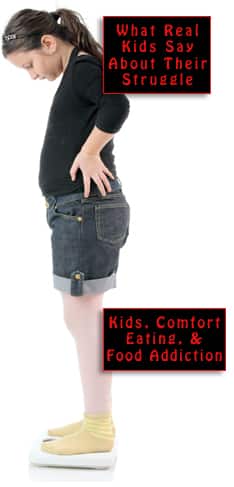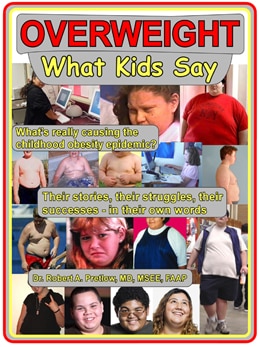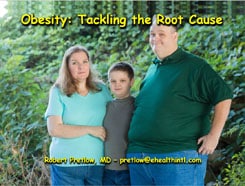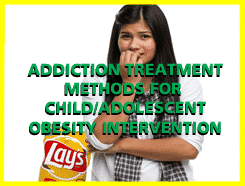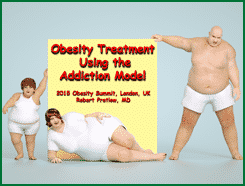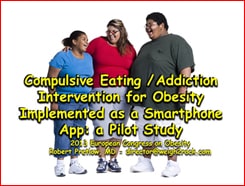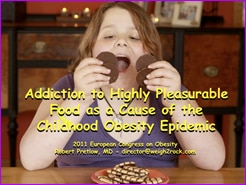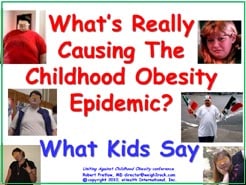Everything You Know About Fussy Eating Is Wrong

What is a fussy eater? One who consumes only a limited range of foods, and has a tendency to avoid newly introduced ones. This might also be called picky, faddy, choosy, or selective eating. Spoiler alert:
It is largely a phenomenon of developed countries and involves a complex set of interactions between parents/carers and children… There is no agreement on a formal definition of picky eating…
To add further complication, there are a variety of tools used for the assessment of picky eating and consequently there is a wide range of prevalence reported. The ’causes’ and ‘consequences’ of picky eating are not well understood because of these inconsistencies and because of heterogeneity in study designs.
There is evidence that the child’s diet helps to form its microbiome, and also evidence that the microbiome helps to form the diet — in other words, that the gut bugs are telling the child to consume what they prefer and to reject what they don’t want:
Sugar/carb obsession and going alarmingly long periods between meals are two big clues picky eating is gut-related.
There are theories about how when a baby is delivered by C-section, rather than being covered with its mother’s native micro-organisms, it picks up bugs from random hospital personnel, which colonize its gut and which may express different food preferences than the parents — hence, “picky eater.”
In Australia, as in the U.S., fussy eating is seen as a problem, and with good reason. Parents who are on board with the idea of feeding their kids vegetables and whatever else they deem healthy are frustrated by babies who refuse to eat the good stuff. According to Dr. Georgie Russell of the Centre for Advanced Sensory Science, between 13% and 50% of children are fussy eaters at some point. Mostly the problem affects kids of preschool age, but some continue until around age 10.
Of course, when the teen years are reached, young people can get away with being fussy eaters because they are not so closely monitored, and for the rest of their lives, adults can be as picky as they please and even, like James Bond, demand that their martinis be shaken, not stirred. Dr. Russell is quoted as saying,
Fussier children also tend not to enjoy eating, they eat slowly and tend to get full up quickly.
One might wonder why these two traits are considered problematic. After all, when people look into ideas about how to lose weight, they are specifically instructed to eat slowly and to consciously savor their food with every bite. Many people do find that when they really take the time and focus their attention, they tend to eat less overall. And feeling full quickly, isn’t that a good outcome? The hottest weight-loss drugs are effective because they help create a sensation of fullness.
So, this is confusing.
Your responses and feedback are welcome!
Source: “Picky eating in children: causes and consequences,” NIH.gov, 11/05/18
Source: “Quick Change Tastebuds, Slow Biology, & Why Gut Health May Impact Picky Eating,” KidsCookRealFood.com, 02/01/22
Source: “Deakin research to determine if fussy kids are touch sensitive,” MirageNews.com, 01/16/20
Image by Aaron Vowels/CC BY 2.0










 FAQs and Media Requests:
FAQs and Media Requests: 